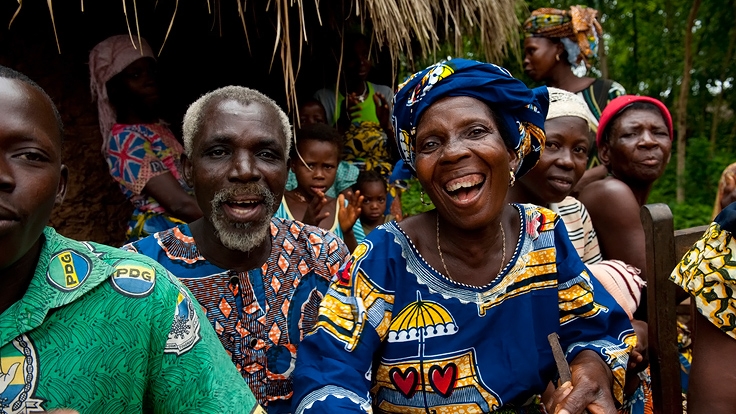Challenges
Over the past decade, partly in response to local institutional challenges faced by several countries emerging from financial or political crises in the late 1990s, community-driven development (CDD) has become a key operational strategy for many national governments for the delivery of services because of its approach towards empowering local decision-making and putting resources in the direct control of community groups. To date, approximately 105 International Bank for Reconstruction and Development (IBRD) and International Development Association (IDA) countries have undertaken projects with a CDD approach.
The programs recognize the increasing need to adapt to vast differences in local contexts, strengthen local institutions, and foster greater ownership and community-based support for development. While the potential and benefits of CDD approaches are generally recognized, there are also several challenges and limitations to the approach, which need to be addressed carefully in the design and implementation of CDD projects:
• New models of implementation support are required as CDD programs scale-up. While the first generation of CDD projects were often small-scale operations that worked outside formal government systems, the second and third generations of these programs are often scaling-up to a regional or national levels. The types of sectoral expertise required to support these programs are diversifying as these flexible programs have adapted to growing local needs.
• The need for convergence with sector programs and with formal decentralization reforms is growing. When operating well, CDD programs can offer an effective local development platform that can help improve the targeting, cost efficiency, service quality, and overall social accountability of sector programs. It can help embed principles of transparency, accountability and participation, into the entire sub-national governance system, but this may require enabling environments and policy-level reforms, particularly with regard to fiscal decentralization.
• Monitoring, evaluation, and learning systems could be improved. The dispersed implementation, along with multiple activities and transactions involved in a CDD project can lead to challenges in putting a reliable management information system in place to capture basic project information, which then needs to be analyzed in a timely manner in order to inform management decision-making. Additionally, while there are more impact evaluations for CDD projects than 10 years ago, these are still few in number. More attention is being paid to increasing the number of strategic impact evaluations in order to build a better evidence base.
Solution
Over the last decade, the World Bank has increasingly focused on lending to CDD programs in order to let communities lead their own development. CDD approaches have been used to support a wide range of local development and service delivery needs identified by communities themselves, including water supply and sewerage rehabilitation, school and health facilities construction, nutrition programs for mothers and infants, rural access roads, and support for livelihoods and microenterprises. CDD programs that operated as small stand-alone operations have gradually expanded to much larger (often national) coverage that have become part of formal decentralization strategies. IBRD countries are increasingly seeking Bank financing to apply CDD approaches for urban upgrading in an effort to build more socially resilient cities. In Brazil, for example, the Recife Urban Development and Social Inclusion Project supports the upgrading of slums in the Capibaribe River basin of the city and promotes the integrated and sustainable development of the region using active stakeholder participation.
CDD has also proven useful in responses to natural disasters. Communities are usually the first responders in natural disasters and their active participation and engagement in project planning and implementation have been key factors in the success of many World Bank-financed disaster management projects. In the aftermath of the 2010 Pakistan flood crisis, the Second Pakistan Poverty Alleviation Fund was used to provide rapid response to the tragedy and facilitate linkages between partner organizations for disaster response. The World Bank provided strong support for flood recovery, including US$125 million to finance cash transfers to about 1.4 million flood-affected families.
Increasingly, as discussed in the 2011 World Development Report on Conflict, Security and Development, the CDD approach has also become a preferred operational strategy in post-conflict and fragile situations, where states face a legacy of weak capacity and legitimacy. CDD operations have been used for economic reconstruction, supporting local coalition building, strengthening relations between the state and citizens at the local level, and fostering social cohesion, in several countries, including Afghanistan, Angola, Burundi, Nepal, Sudan, and Timor-Leste.

